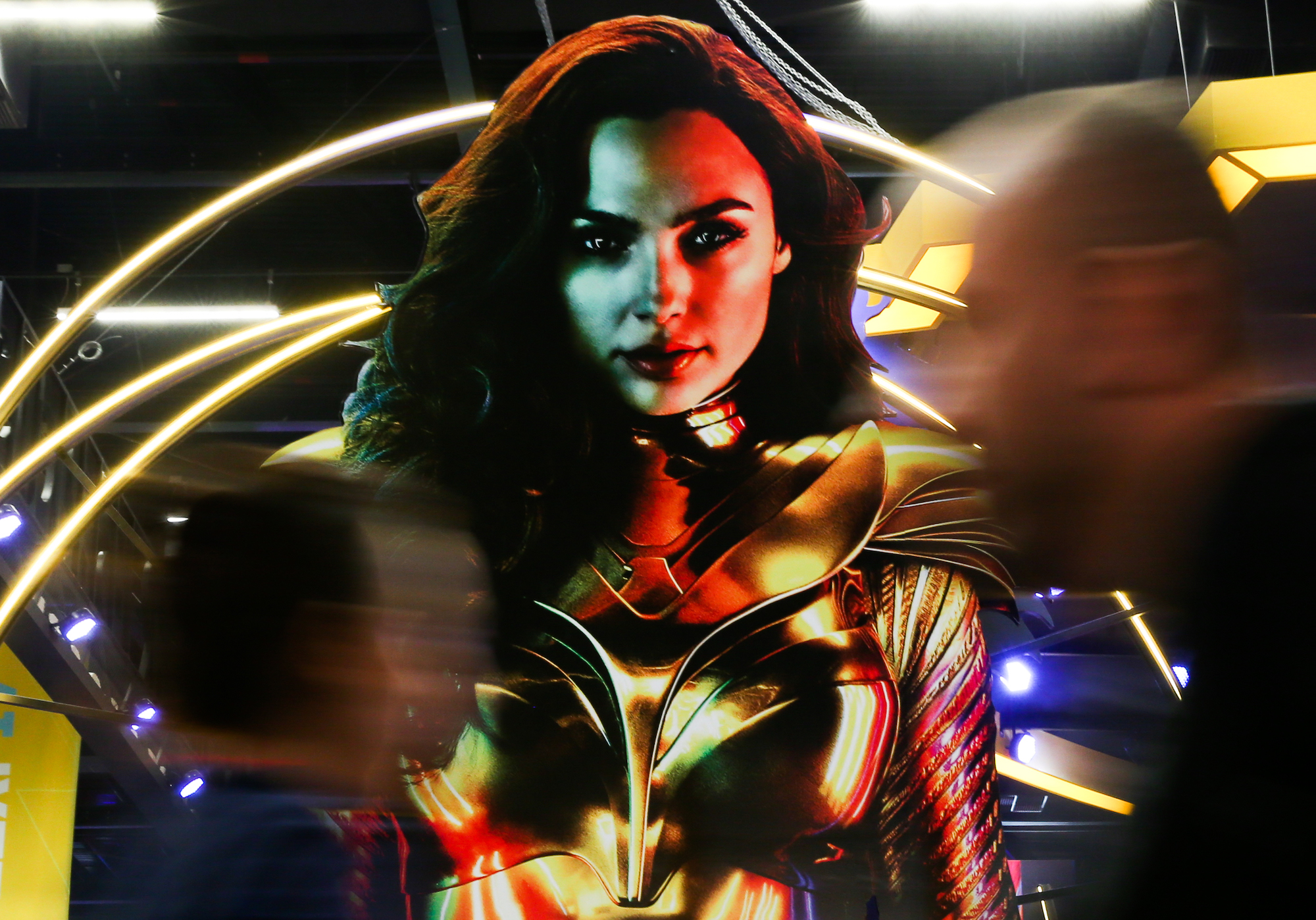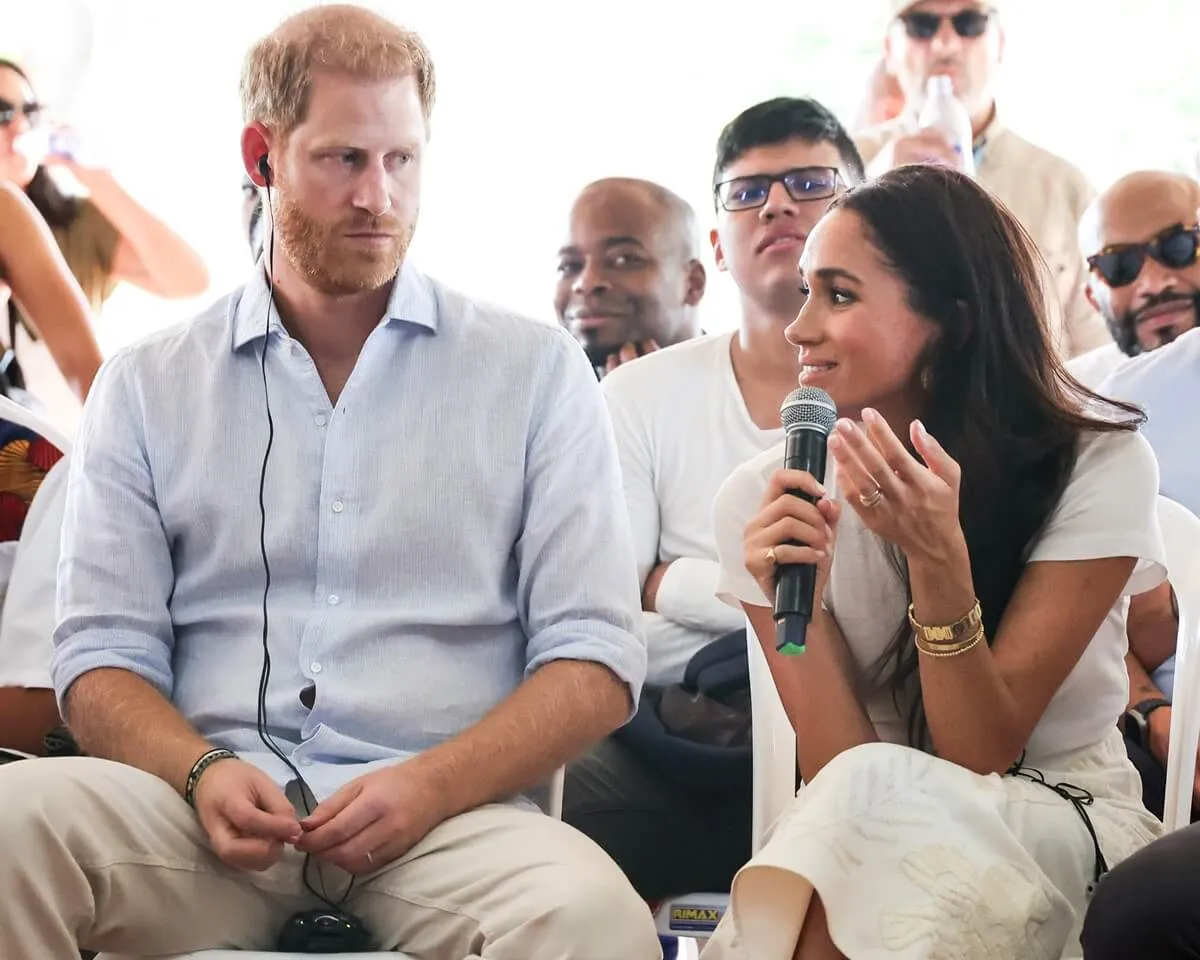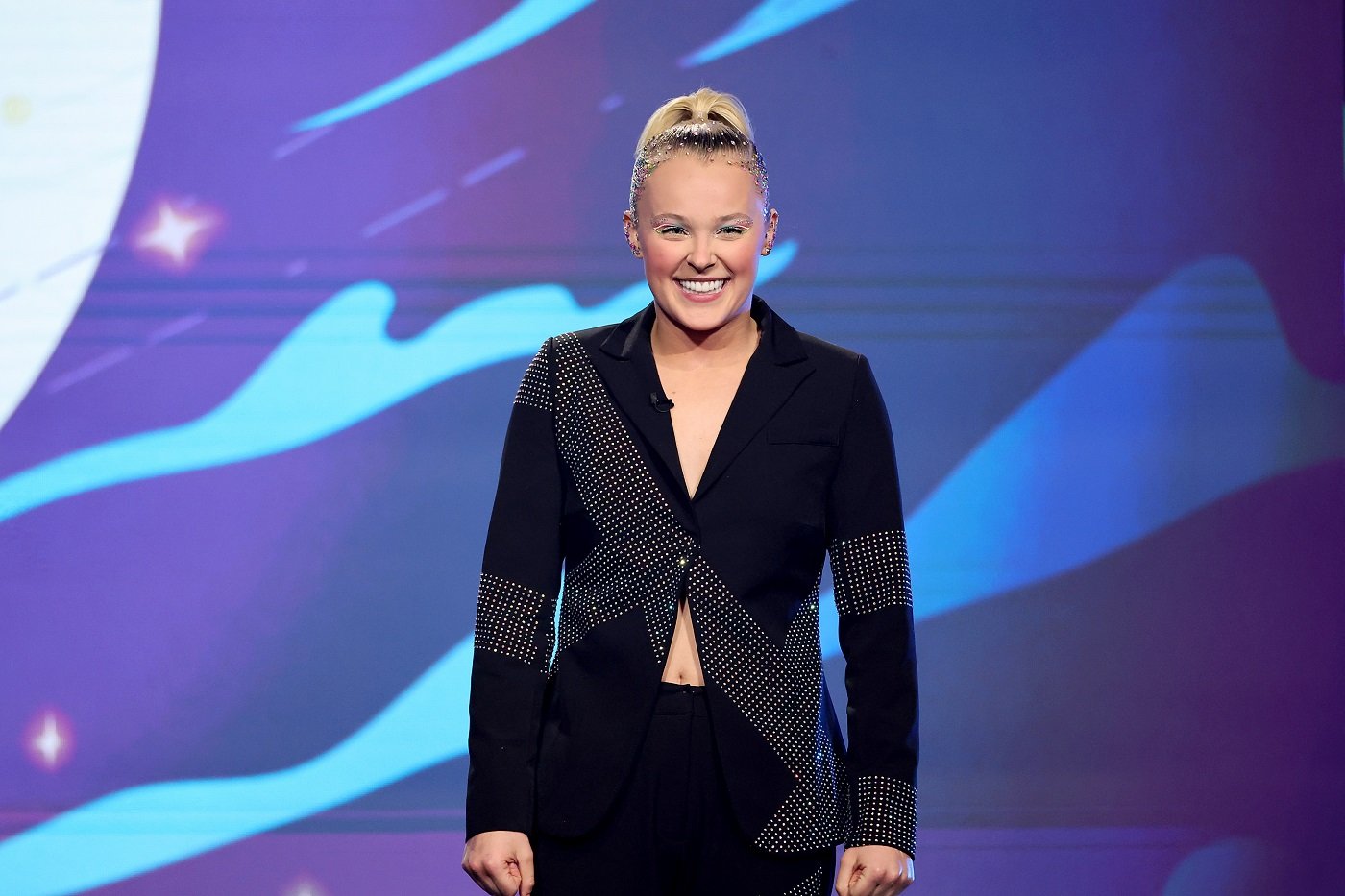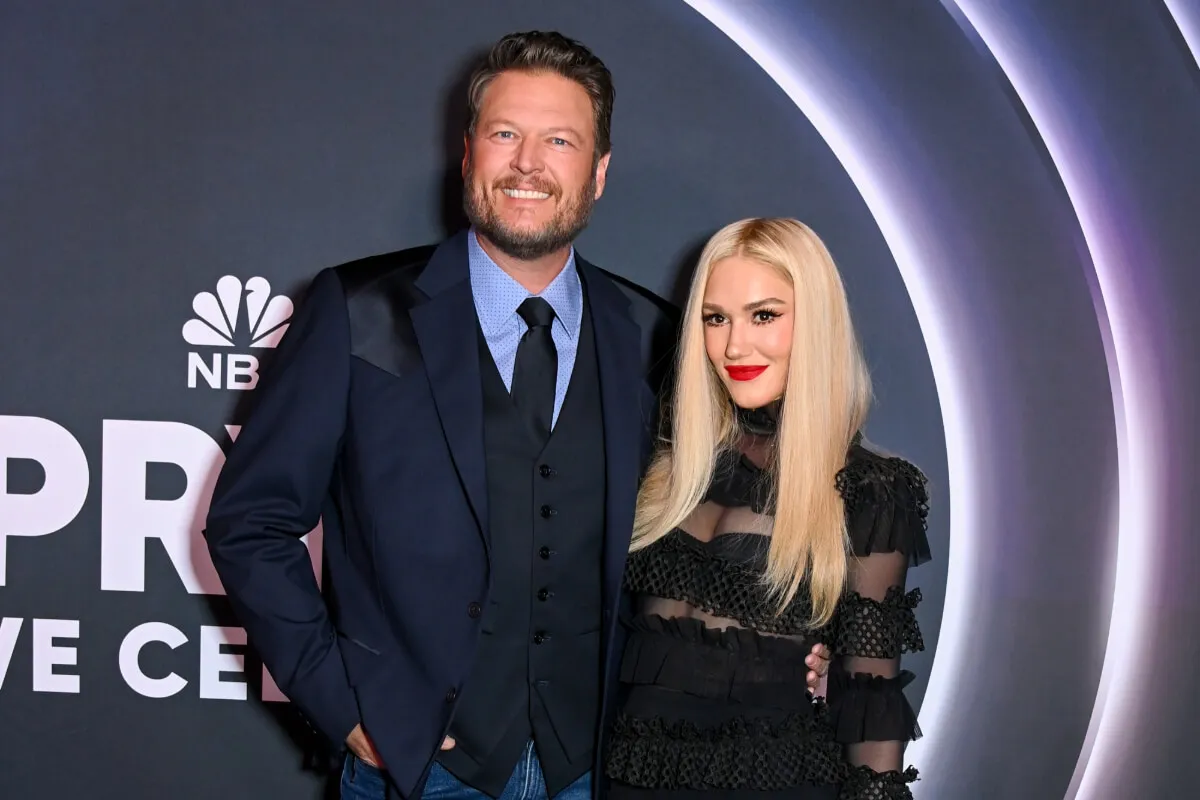‘Wonder Woman’: The Comic’s Creator Invented the Lie Detector and Then Gave Diana Prince Her Own Version, the Lasso of Truth
There’s no denying that Diana Prince, AKA Wonder Woman, is one of the most popular and easily recognizable comic book characters of all time. The character debuted in October 1941 in All-Star Comics #8. In 2017, Gal Gadot breathed new life into the character who she brought to the silver screen. She reprised the role in 2020.
While most people are familiar that Wonder Woman is all about justice, honor, and girl power, few people are aware of the truly interesting man who created the powerful character. William Marston, who wrote under the pen name Charles Moulton, was quite a character.
He incorporated many things, including his fascination with the feminist movement and dominance/submission into his comic books. He also used a device he created as the inspiration for Diana Prince’s Lasso of Truth.

Who is William Marston?
The world will always remember William Marston as the creator of Wonder Woman, but he was much more than a comic book author. People Magazine suggested that like most comic book characters, Marston lived a bit of a double life. Born in the late 19th century, he attended and later taught at Harvard University. He was an inventor who created a device that’s still used by police stations and that he managed to incorporate into the legendary comic books he wrote.
Marston’s personal life tends to trigger mixed emotions. He was a polygamist who openly lived with both of his wives. Before becoming Marston’s second wife, Olive Byrne was one of his students. One of the interesting things about Olive Byrne is that she was the daughter of Ethel Byrne, who went on a hunger strike after she was arrested for the distribution of obscene materials relating to contraception information (and creating the first Planned Parenthood clinic.)
While Marston lived with both of his wives, he wasn’t publicly honest about his relationship with Byrne. The entire family even told the children that Marston shared with Byrne, that they were the offspring of another man who had died. Jill Lepore confirmed in an NPR interview that both of Marston’s wives continued to live together after Marston died. Marin Theatre Company reported that Marston’s son Pete claimed that while the situation was unusual, everyone was happy.
From the beginning, Marston was fascinated by the feminist movement, and he took many of the lessons he learned from the brave women who were fighting for things like birth control, voting rights, and more to heart. The lessons he learned from the early 20th century feminists found their way into his Wonder Woman comic books.
William Marston’s plan for Wonder Woman
Marston had a great deal of respect for the feminist movement. He wanted to be involved with it. He created Wonder Woman to help women understand that they were strong, beautiful, and capable, but it wasn’t an easy concept to sell in the comic book world. Marston wrote a pitch letter to DC Comics which included a few lines that have become famous. These lines perfectly sum up Marston’s desire to make Wonder Woman a feminist icon.
“Look, if you had a female superhero, her powers could all be about love and truth and beauty, and you could also sell your comic books better to girls,” Marston wrote. “And that would be really important and great because she could show girls that they (girls) could do anything.”
Mental Floss recently published a Marston quote where he explained the impact he wanted Diana Prince to have on society.
“Not even girls want to be girls so long as our feminine archetype lacks force, strength, power,” Marston wrote. “Not wanting to be girls they don’t want to be tender, submissive, peace-loving as good women are. Women’s strong qualities have become despised because of their weak ones. The obvious remedy is to create a feminine character with all the strength of a Superman plus all the allure of a good and beautiful woman.”
Gal Gadot seemed to embrace this concept when she was prepping to bring Diana Prince to movie theatres. “I remember watching a documentary about Princess Diana, and there was a part where they said she was full of compassion and always cared for the people and that was like, ‘Ding, ding, ding,’ that should be the Wonder Woman we have,” she stated during the virtual Vanity Fair Cocktail Hour Live! Event, according to People.
The first several issues of Wonder Woman depicted Diana Prince bound in chains, which were said to destroy or bind her power. These chains represented the symbolic chains of men that were used to bind women into subservient lifestyles.
The story behind the Lasso of Truth
One of the cool tools Diana Prince had at her disposal was her Lasso of Truth. Anyone who was caught in the Lasso of Truth was compelled to be honest. Fans loved this device. What fans didn’t know was that the Lasso of Truth had a strong connection to Marston.
In addition to teaching psychology at Harvard University, Marston also created the first official lie detector machine. He originally used the machine, which systolic blood pressure, in his research projects. It wasn’t long before he realized it could be a useful tool in police investigations.
During his lifetime, Marston and his lie detector machine were involved in over 100 Boston criminal cases. According to DSIC Insights, Marston first made the connection to emotions and blood pressure from observing how his original wife’s blood pressure changed when she became angry or emotional.


